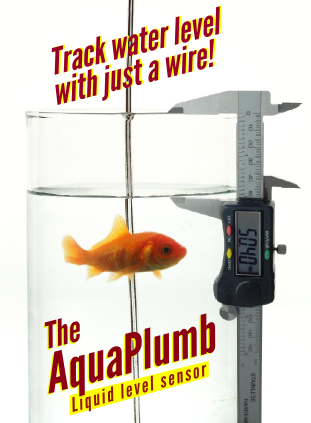Heat
Sink Temperature Calculator

See our other Electronics
Calculators.
Power components have a maximum junction
temperature, which must not be exceeded to prevent damage to the device.
Devices are encapsulated in packages which have different levels of
thermal resistance. When designing power electronics, the heat
dissipation of the device, coupled with any heat sinks, as well as the
maximum power dissipated by the device, must be analyzed to insure that
the device operates within allowable specified limits.
This calculator and tutorial computes the
junction temperature of a power electronics device given the maximum
ambient temperature, and the heat sink thermal resistance. The calculator
will let you know if the maximum junction temperature could be exceeded
for a given power, and likewise will tell you the maximum power that the
device can handle for a given maximum power.
For automotive applications, use 80°C
for the ambient temperature. For maximum junction temperature, 150°C
is a common value, but check the part's data sheet to be sure. The
junction to case thermal resistance varies by package, see the table below
for common values. For the thermal resistance 1 field this could be the
case to ambient temperature thermal resistance if there is no heat sink,
or if a heat sink is used, it's the thermal resistance of the heat
sink. The second thermal resistance field is not typically
used.
When choosing heat sinks, you want the smallest
thermal resistance possible, which means that the heat will be more easily
dissipated.
For surface mount (SMT) parts, where the PCB copper
is used as a heat sink, for 1 ounce copper the heat dissipation asymptotically
approaches 1 square inch, in other words, having a PCB heat sink greater
than 1 inch doesn't do you any good. There are some tricks that can help,
such as placing vias, into the pad, so that heat is transferred to the
bottom layer as well. It's also possible to use surface mount heat
sinks.
Typical values of Thermal Resistance
for Various Electronics Packages
| Package |
Junction to Case
(°C/Watt) |
Junction to Air (°C/Watt) |
| TO-3 |
5 |
60 |
| TO-39 |
12 |
140 |
| TO-220 |
3 |
62.5 |
| TO-220FB |
3 |
50 |
| TO-223 |
30.6 |
53 |
| TO-252 |
5 |
92 |
| TO-263 |
23.5 |
50 |
| D2PAK |
4 |
35 |
Thermal Resistance for PCB Copper
| Heat Sink |
Thermal resistance
(°C/Watt) |
| 1 sq inch of 1 ounce PCB
copper |
43 |
| .5 sq inch of 1 ounce PCB
copper |
50 |
| .3 sq inch of 1 ounce PCB
copper |
56 |
| Aavid Thermalloy, SMT heat
sink: PN:573400D00010 |
14 |
Manufacturer Links
The best way to find electronics manufacturers is to use
our free Electronics
Component Directory, where a myriad of manufactures are
listed.
Other Electronics Links
We offer a broad range of electrical
engineering calculators and electronics
articles and tutorials.
Daycounter specializes in
contract electronics design. Do you need some help on your project?
Contact us to get a
quote.
[Employment]
[Downloads]
[Articles]
[Contact Us]
Salt Lake City, UT, USA
Disclaimer: Daycounter, Inc. doesn't guarantee the accuracy of any of it's content. Use at your own risk.
© Copyright 2016 Daycounter, Inc. All rights Reserved.
|



